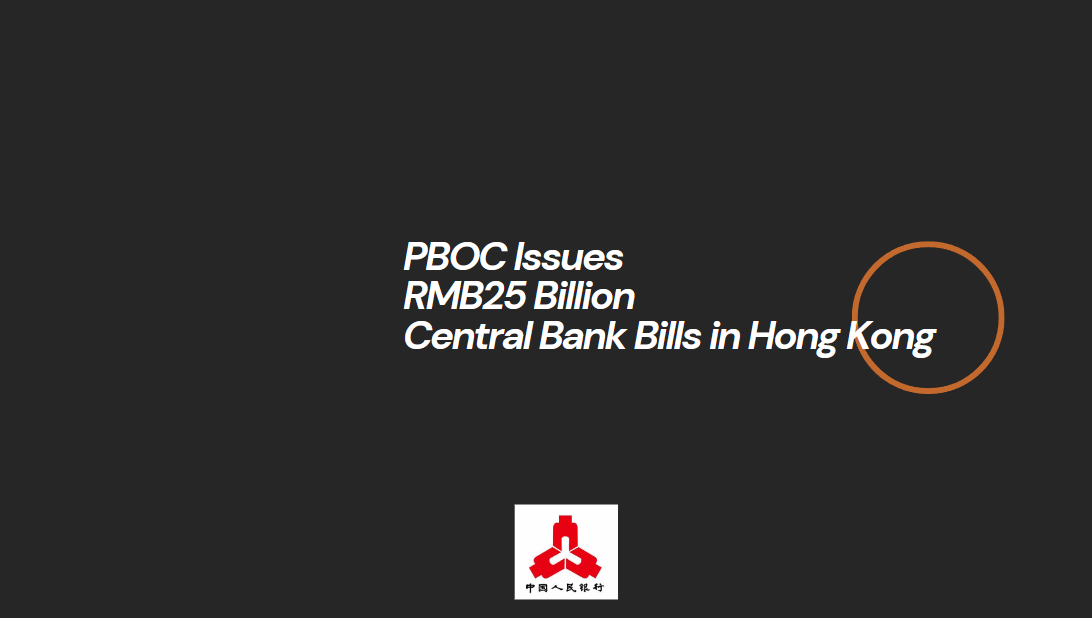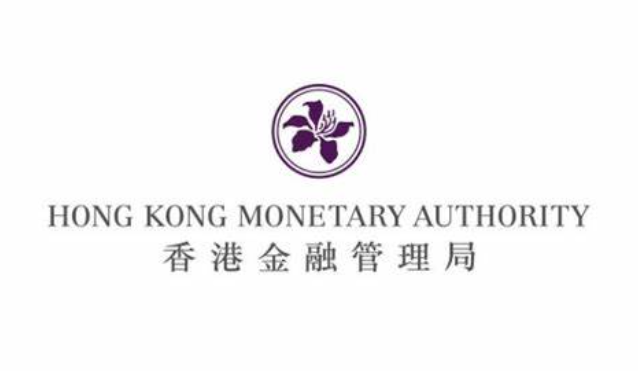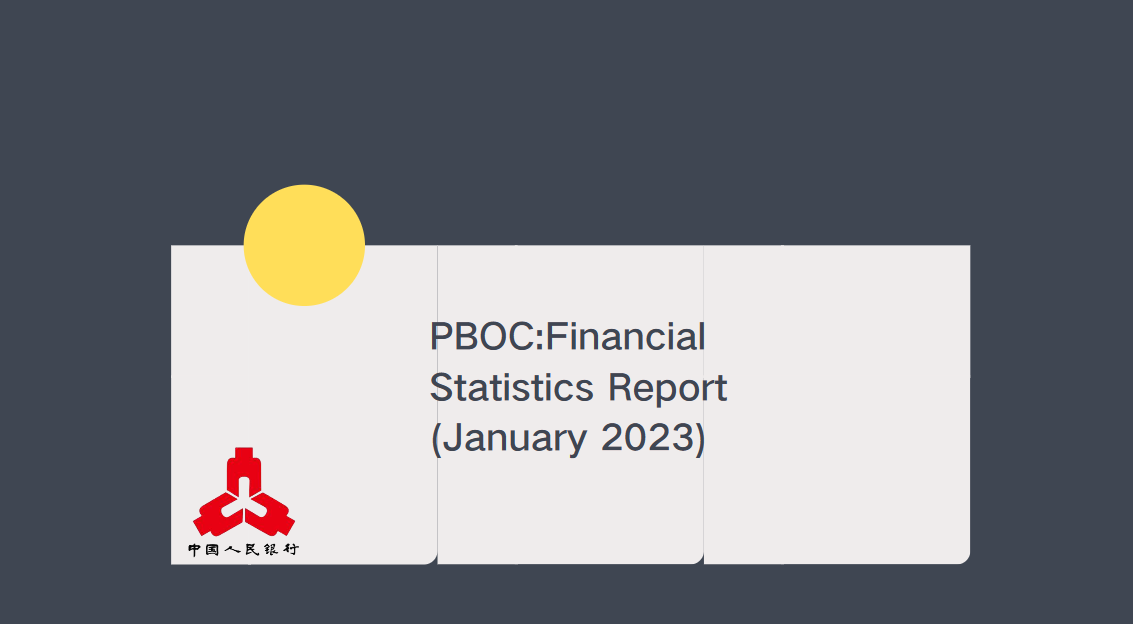PBOC:Financial Market Report
Download:Financial Market Report (January 2023)
1. Bond Issuance
In January, total bond issuance registered RMB3768.35 billion. The issuance of treasury bonds, local government bonds, financial bonds, corporate credit bonds,1 credit-asset-backed securities, and interbank certificates of deposit (CDs) reached RMB643.0 billion, RMB643.49 billion, RMB529.99 billion, RMB859.02 billion, RMB16.24 billion, and RMB1,057.22 billion, respectively.
As of end-January, outstanding bonds held in custody amounted to RMB144.9 trillion, including RMB125.5 trillion in the interbank bond market and RMB19.4 trillion in the exchange-traded bond market. By bond type, treasury bonds, local government bonds, financial bonds, corporate credit bonds, credit-asset-backed securities and interbank certificates of deposit (CDs) in custody recorded an outstanding amount of RMB25.2 trillion, RMB35.3 trillion, RMB34.5 trillion, RMB31.7 trillion, RMB2.4 trillion and RMB14.1 trillion, respectively. Commercial bank over-the-counter (OTC) bonds in custody recorded an outstanding amount of RMB39.49 billion.
2. Bond Market
In January, the turnover of cash bond trading in the interbank bond market registered RMB16.0 trillion, with the daily average standing at RMB886.62 billion. Of the total turnover, transactions with each trade between RMB5 million and RMB50 million accounted for while those with each trade above RMB90 million made up 51.4 percent. The average value per trade was RMB50.559 million. The turnover of cash bond trading in the stock exchange bond market was RMB2.1 trillion, averaging RMB132.95 billion daily. A total of 92,000 transactions were done in the commercial bank OTC bond market, with a total turnover of RMB15.36 billion.
3. Bond Market Opening-up
As of end-January 2023, overseas institutions held RMB3.4 trillion, or 2.3 percent of the outstanding bonds in custody in China’s bond market. Specifically, their holdings in the interbank bond market amounted to RMB3.3 trillion. By bond type, overseas institutions held RMB2.2 trillion, or 67.9 percent of treasury bonds, and RMB0.7 trillion, or 22.0 percent of policy financial bonds.
4. Money Market
In January, interbank money market transactions decreased by 3.8 percent year on year (a month-on-month decrease of 16.2 percent) to RMB107.3 trillion. Specifically, pledged repo transactions dropped by 3.2 percent year on year (a month-on-month decrease of 16.7 percent) to RMB96.8 trillion; outright repo transactions declined by 30.8 percent year on year (a month-on-month decrease of 44.4 percent) to RMB284.41 billion; and interbank lending transactions decreased by 8.0 percent year on year (a month-on-month decrease of 10.1 percent) to RMB10.2 trillion. Repo transactions of exchange-traded standardized bonds went down by 3.5 percent year on year (a month-on-month decrease of 23.0 percent) to RMB30.6 trillion.
In January, the monthly weighted average interest rate on pledged repos stood at 1.56 percent, up by 15 bps from a month earlier, while the monthly weighted average interest rate on interbank lending was 1.44 percent, up by 18 bps from a month earlier.
5. Bill Market
In January, commercial drafts that were accepted totaled RMB2.2 trillion while those discounted amounted to RMB1.4 trillion. As of end-January, the outstanding amount of accepted commercial drafts stood at RMB18.8 trillion, and those discounted registered RMB12.7 trillion.
In January, 91,000 micro, small, and medium-sized enterprises (MSMEs) issued bills, accounting for 91.8 percent of all issuing enterprises. Bills issued by MSMEs reached RMB1.4 trillion, representing 63.3 percent of the total issuance. Of all the enterprises that discounted bills, 74,000 (96.9 percent) were MSMEs. The bills they discounted registered RMB1.0 trillion, accounting for 75.2 percent of the total amount of discounted bills.
6. Stock Market
At end-January, the Shanghai Composite Index closed at 3255.7 points, increasing by 166.4 points (5.4 percent) from a month earlier. The Shenzhen Component Index closed at 12001.3 points, increasing by 985.3 points (8.9 percent) from a month earlier. In January, the average daily turnover on the Shanghai Stock Exchange increased by 0.7 percent month on month to RMB331.97 billion and that on the Shenzhen Stock Exchange increased by 0.1 percent month on month to RMB458.16 billion.
7. Structure of Bond Holders in the Interbank Bond Market
As of end-January, there were 3,965 incorporated institutions in the interbank market, all of which were financial institutions. Of the incorporated institutions, 2,184 were holders of debt-financing instruments issued by non-financial institutions 2 (“non-financial debt financing instruments” for short). By the size of bond holdings, the top 50 investors, mainly including public funds, large state-owned commercial banks (proprietary), and joint stock commercial banks (agent), held 51.8 percent of the total, and the top 200 investors held 82.2 percent. The biggest, smallest, average, and median numbers of holders for a non-financial debt financing instrument were 65, 1, 12, and 11, respectively, while 90 percent of non-financial debt financing instruments were held by fewer than 20 investors.
In January, based on the trading volume of non-financial debt-financing instruments by incorporated institutions, the top 50 investors conducted 64.1 percent of such transactions, mainly including securities companies (proprietary), fund companies (proprietary) and wealth management subsidiary companies (proprietary). Transactions by the top 200 investors accounted for 90.9 percent.
(Sources: China Securities Regulatory Commission, China Central Depository & Clearing Co., Ltd., National Interbank Funding Center, Shanghai Clearing House, Shanghai Commercial Paper Exchange, Shanghai Stock Exchange, Shenzhen Stock Exchange, and Beijing Financial Assets Exchange)






















































First, please LoginComment After ~